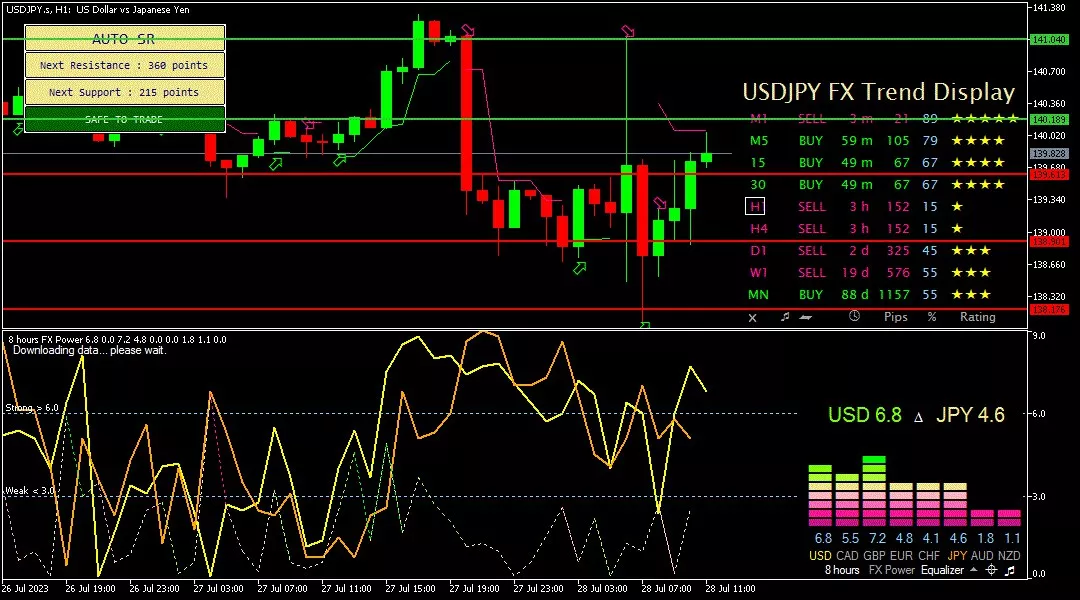Jakarta, GIC Trade – The Japanese yen held steady near 139 per dollar on Friday after trading within a wide range between 141 and 138, as the Bank of Japan (BoJ) maintained its ultra-low interest rate policy but adjusted its language to make its yield curve control policy more flexible.
The BoJ kept its short-term interest rate target at -0.1% and aimed for government bond yields of around 0% during its July meeting. The central bank also maintained guidance that allows 10-year yields to fluctuate 0.5% in either direction, but stated that this would be a "reference" rather than a "rigid limit."
This will mark the first surprise move by the BoJ since Governor Kazuo Ueda took office, likely triggering bets on further policy normalization.
Meanwhile, markets have speculated for months that the central bank, which has maintained a dovish stance, may finally relent due to persistent inflation and rising global interest rates putting constant pressure on bond yields and the Japanese currency.
The USD/JPY pair plunged to its lowest level in nearly two weeks following the BoJ's policy change. Some follow-up buying of USD helped to limit the decline of the major currency. Traders are now looking at the U.S. Core PCE Price Index for new impetus.
Fundamentally, the BoJ's decision to keep interest rates very low has weakened the Japanese yen, but flexibility in yield curve control has provided some limited strengthening. Now, let's take a look at the technical analysis:
Technical Analysis
The USD/JPY pair in the 1-hour period is attempting to move upward, reaching the resistance level at 139.930 again, and aiming for the next resistance level at 141.110. The upward trend is also supported by the FXBot template, where the JPY figure is lower at 4.6 compared to the USD figure at 6.8. Meanwhile, the bias remains bearish, indicated by the sell signal represented by the red arrow.
This Forex analysis reflects the author's perspective from both fundamental and technical viewpoints and does not constitute advice or solicitation. For more information, click the image below.
 Last:
Last: 






